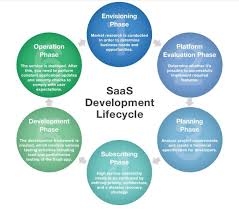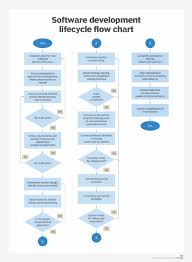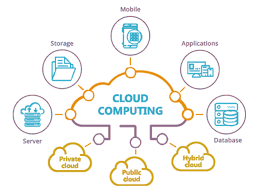Mastering the Art of Becoming a Skilled Developer
The World of Developers
In today’s digital age, developers play a crucial role in shaping the technological landscape. A developer is a creative problem solver who uses programming languages to build software, websites, applications, and more. They are the architects behind the digital innovations that drive our modern world.
Types of Developers
Developers come in various specialties, each focusing on different aspects of technology:
- Front-End Developers: These developers specialize in creating the user interface and experience of websites and applications.
- Back-End Developers: Back-end developers work on the server-side of applications, managing databases and ensuring smooth functionality.
- Full-Stack Developers: Full-stack developers have expertise in both front-end and back-end development, allowing them to work on all aspects of a project.
- Mobile App Developers: These developers focus on creating applications specifically for mobile devices, such as smartphones and tablets.
- Software Engineers: Software engineers design and develop complex software systems, often working on large-scale projects.
The Skills of a Developer
To excel as a developer, one must possess a combination of technical skills and soft skills:
- Programming Languages: Developers are proficient in languages such as JavaScript, Python, Java, C++, and more.
- Problem-Solving: Developers are adept at analyzing problems and finding efficient solutions through code.
- Creativity: Creativity is essential for designing engaging user interfaces and innovative solutions.
- Collaboration: Developers often work in teams, requiring strong communication and collaboration skills.
- Continuous Learning: Technology evolves rapidly, so developers must stay updated with the latest trends and tools.
The Future of Development
The demand for skilled developers continues to grow as technology becomes increasingly integrated into every aspect of our lives. From artificial intelligence to blockchain to augmented reality, developers will drive the next wave of innovation that shapes our future. Aspiring developers have a world of opportunities ahead as they embark on their journey to create the technologies that will define tomorrow.
5 Essential Tips for Developers to Enhance Skills and Collaborate Effectively
- Stay updated with the latest technologies and trends in the industry.
- Practice coding regularly to improve your skills and problem-solving abilities.
- Collaborate with other developers to learn from each other and work on projects together.
- Document your code properly to make it easier for yourself and others to understand and maintain in the future.
- Don’t be afraid to ask for help when you encounter challenges or need guidance.
Stay updated with the latest technologies and trends in the industry.
Staying updated with the latest technologies and trends in the industry is essential for developers to remain competitive and relevant in today’s fast-paced digital landscape. By keeping abreast of new tools, programming languages, and innovations, developers can enhance their skills, stay ahead of the curve, and deliver cutting-edge solutions to meet the ever-evolving needs of clients and users. Continuous learning and adaptation to industry trends not only ensure professional growth but also enable developers to contribute effectively to the advancement of technology.
Practice coding regularly to improve your skills and problem-solving abilities.
To enhance your skills and problem-solving capabilities as a developer, it is essential to practice coding regularly. By consistently engaging in coding exercises and projects, you not only reinforce your understanding of programming concepts but also sharpen your ability to tackle complex problems efficiently. Regular practice not only hones your technical proficiency but also cultivates a mindset of continuous learning and improvement, enabling you to stay ahead in the dynamic field of software development.
Collaborate with other developers to learn from each other and work on projects together.
Collaborating with other developers is a valuable tip that can greatly enhance your skills and knowledge in the field. By working together on projects and sharing insights, you have the opportunity to learn from each other’s experiences, techniques, and perspectives. This collaborative approach not only fosters a sense of community within the developer community but also opens doors to new ideas and innovative solutions that you may not have discovered on your own. Embracing collaboration with fellow developers can lead to personal growth, improved problem-solving abilities, and the creation of more robust and successful projects.
Document your code properly to make it easier for yourself and others to understand and maintain in the future.
Properly documenting your code is a crucial practice for developers to enhance the readability and maintainability of their work. By providing clear and concise comments and explanations within the code, developers not only make it easier for themselves to revisit and understand their own work in the future but also facilitate collaboration with team members or other developers who may need to work on the same codebase. Documentation serves as a roadmap that guides readers through the logic and functionality of the code, ensuring that its purpose and implementation are transparent and comprehensible.
Don’t be afraid to ask for help when you encounter challenges or need guidance.
When navigating the complex world of development, it is essential to remember that asking for help is not a sign of weakness, but rather a demonstration of strength and a commitment to growth. Seeking guidance when faced with challenges can lead to valuable insights, innovative solutions, and personal development. Embracing the opportunity to learn from others in the developer community fosters collaboration, enhances skills, and ultimately contributes to success in overcoming obstacles.










